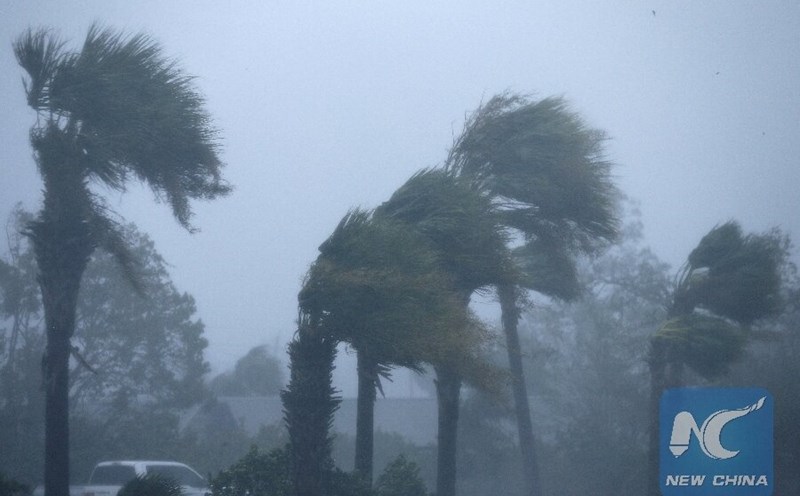The latest weather forecast from the Philippine Atmospheric, Geophysical and Astronomical Services Administration (PAGASA) said that the warning of La Nina will end in the Philippines when normal rainfall is expected to appear soon.
Recent climate monitoring and analysis show that La Nina phenomenon no longer appears in the central and equatorial Pacific (CEEP) - PAGASA's bulletin on April 4 stated.
The Philippine weather agency pointed out that abnormalities in sea surface temperatures in the above areas have reached ENSO neutral level.
"La Nina-like models with above-normal rainfall in some areas of Luzon, most areas of Bicol, eastern Visayas and northeastern Mindanao are unlikely to last as outlined in previous forecasts," PAGASA added.
With recent developments, the meteorological agency forecasts that the El Nino or La Nina phenomenon is not expected to develop in the tropical Pacific Ocean within the next 3 months.
It is forecasted that neutral ENSO conditions will be maintained until the end of the September-10-11 rainy season in 2025.
ENSO ( El Nino - Southern fluctuations) is a type of climate associated with changes in the temperature of sea areas in the central and eastern tropical Pacific.
For 3 to 7 years, the water surface over a large area of the tropical Pacific will be warmer or 1 to 3 degrees Celsius colder than normal.
This warming and cooling weather phenomenon is called the ENSO cycle, which directly affects tropical rainfall and may have a strong impact on weather across the United States and other parts of the world.
The latest storm forecast from the Philippine weather agency PAGASA released on February 2 said that there is no possibility of the storm entering the Philippine forecast area from April 2 to 15.
Previously, PAGASA weather expert Chris Perez said: "The April forecast may not have or only have one storm."
PAGASA also said that in April, May and June, there may be one to two tropical storms entering the Philippine Forecast Area (PAR) each month. It is forecasted that in July, August and September, there will be 2 to 3 tropical storms per month.











